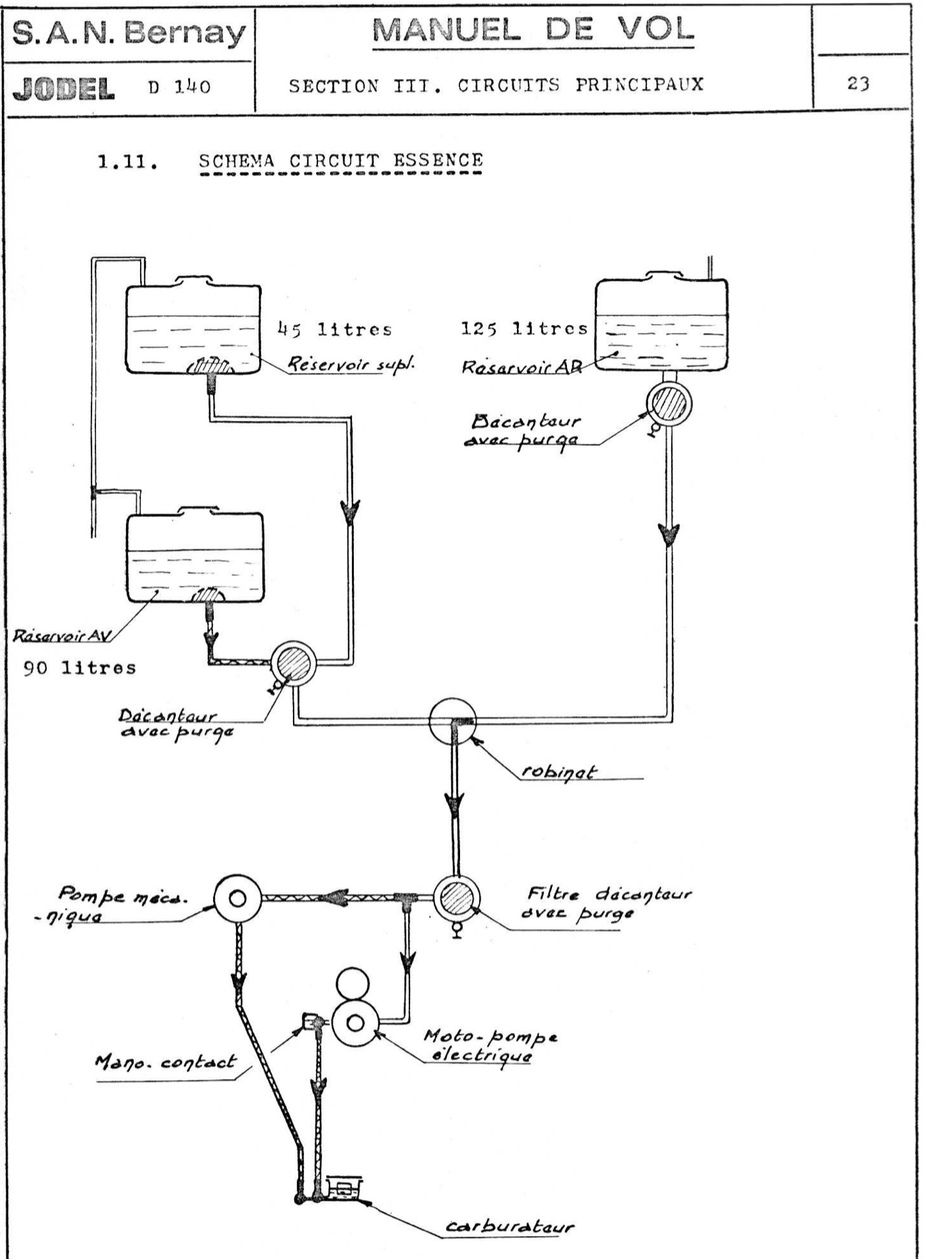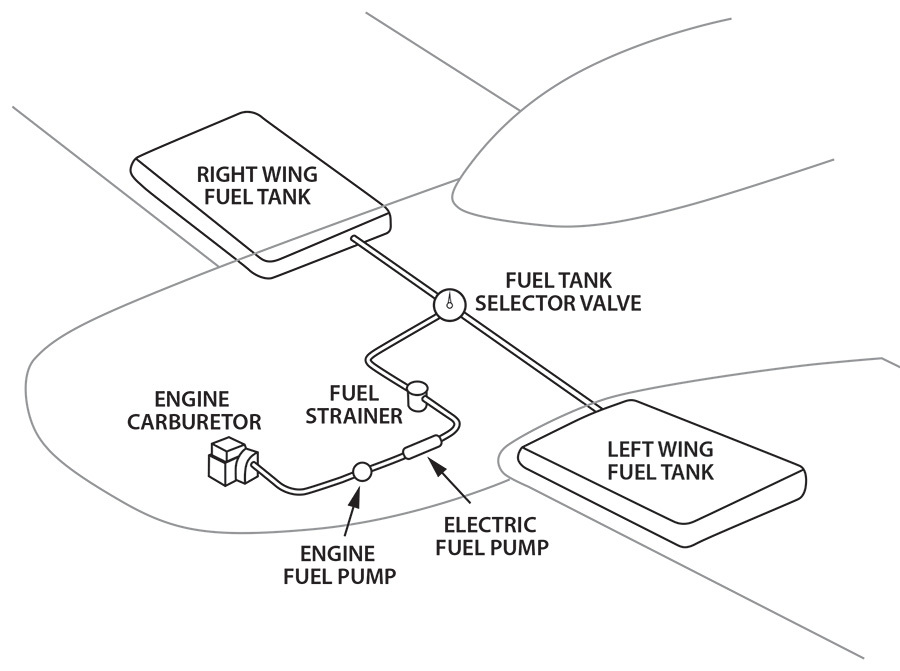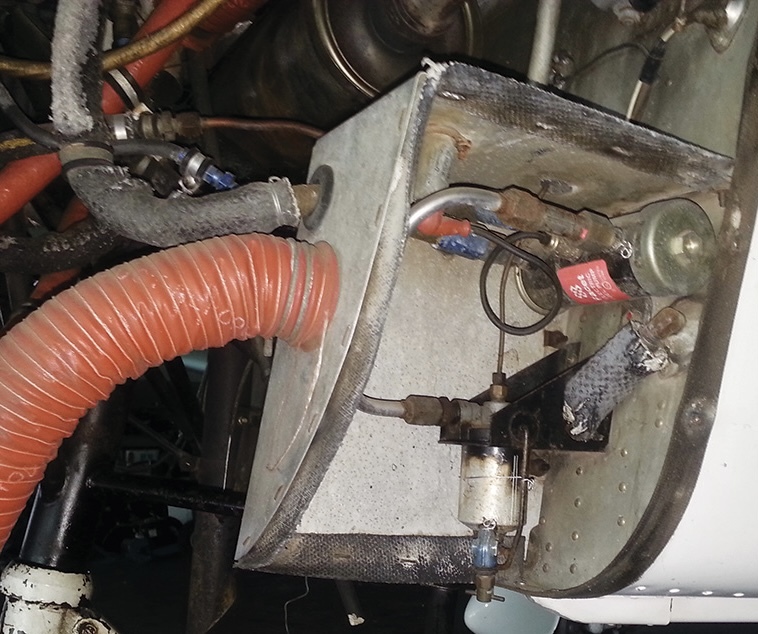Well most complex aircraft do have submerged pumps in the tanks, even if the pressurized fuel lines end up travelling through the underfloor of the cabin
Those that dont but have an aux fuel pump, have it at or near the lowest possible part of the system, to minimize chances of bubbles being stuck at the pump, which would render it useless unless you have another system to force fuel through (gravity feed on high wings) . I believe this has higher priority than the other criteria.
Holy thread resurrection!
I have a 1972 Triumph Spitfire with a mechanical pump that sucks, mounted on the engine. What tends to happen is that when you switch the engine off the fuel syphons back to the tank. If it’s off for more than about 15 minutes then the line is basically empty and it then requires excessive cranking to fill the lines before it’ll start. I can’t work out why this happens because the tank is vented, but perhaps not adequately.
Some owners replace the pump with an electric one mounted on the bulkhead but I don’t want pressurised fuel spraying everywhere in the event of a crash. It would be nice to put in some sort of priming pump for use only when starting.
Presumably, particularly with older pumps, there’s the possibility of mixing sparks, electricity, heat and fuel if anything goes wrong?
My take on this is that the electric fuel pump is there only to back up the engine driven (“high pressure”) fuel pump, and its location is largely arbitrary, with an effort to place it in the lowest point in the fuel system.
vic wrote:
When adding an electric fuel pump onto a carbureter car classic for reliable operation you may add a special relay , sort of timing relay, that is run from the generator as soon as the engine was started, so in case of a crash it will stop the fuel pump with a dead engine
The usual solution is an inertia switch such as this: https://www.pegasusautoracing.com/productdetails.asp?RecID=87
Can anyone hazard a guess as to why Messrs Joly and Delmontez plumbed the D140 electric and mechanical fuel pumps in paralell:

rather than in series:

as usual in most low-wing aircraft, such as this PA28:

My guess would be that the electric pump used by Jodel does not permit flow through the pump when it is non-operational. Or they were concerned about the potential for blockage and the corresponding benefit of parallel flow paths.
Jacko wrote:
Can anyone hazard a guess as to why Messrs Joly and Delmontez plumbed the D140 electric and mechanical fuel pumps in paralell … rather than in series … as usual in most low-wing aircraft, such as this PA28:
My question would be the opposite. Why do most low-wing aircraft have the pumps in series and not in parallel? On the face of it, the D140 system seems most natural.
I think perhaps it seemed the natural thing to do.
We were taught that the electric fuel pump is used in place of the gravity and priming that would have been used on high wing aircraft.
Therefore you switched it on to start the engine and off again once it had started. Then on again just for take off, off once established in the climb at around 500ft. Under normal conditions It would be switched on again in the downwind and off once touched down.
With the D140 and its contempories
Messieurs Joly and Delmontez were coming from a postion of no electric fuel pumps at all. You simply hand swung the prop on the D112 for instance. They had no computers to do modelling and no big money behind them so they relied on their own experiences and intuition. It is difficult to analyse that.